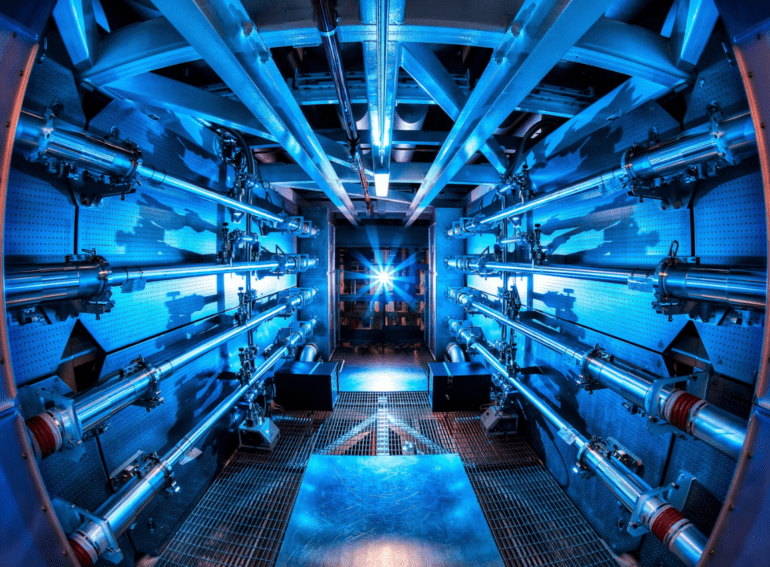TL;DR:
- Scientists utilize artificial intelligence to address challenges in nuclear fusion for clean energy production.
- Princeton University’s team pioneers AI application in predicting and preventing plasma instabilities during fusion reactions.
- Nuclear fusion is heralded as a sustainable energy solution due to its potential for vast energy generation without fossil fuels or hazardous waste.
- Previous milestones, such as Lawrence Livermore National Laboratory’s net energy gain in 2022, signify progress in nuclear fusion research.
- The latest success involves AI foreseeing plasma instabilities, allowing for timely adjustments to maintain stability.
- Research published in Nature showcases AI’s effectiveness in preventing fusion plasma tearing instability.
- This breakthrough accelerates the adoption of nuclear fusion energy on a grid-scale basis.
Main AI News:
In a groundbreaking development, scientists have leveraged artificial intelligence to tackle one of the most significant hurdles in achieving near-limitless clean energy through nuclear fusion. Princeton University’s pioneering team, based in the US, has ingeniously utilized AI to forecast and avert instabilities within plasma during fusion processes.
Nuclear fusion stands as the beacon of hope for clean energy, touted as the “holy grail” for its potential to generate immense power without reliance on fossil fuels or leaving detrimental waste behind. While mirroring the natural processes occurring within the Sun, the practical harnessing of nuclear fusion energy has proven daunting.
In a landmark achievement of 2022, the Lawrence Livermore National Laboratory team accomplished the first-ever net energy gain in nuclear fusion, marking a significant stride forward. Though modest in scale—yielding energy equivalent to boiling a kettle—it signifies a pivotal step towards scalability.
The recent triumph signifies a significant breakthrough, with AI demonstrating the capability to forecast plasma instabilities 300 milliseconds before their onset, providing ample time for preemptive adjustments to maintain plasma stability. This newfound comprehension holds promise for the widespread adoption of nuclear fusion energy on a grid-scale basis, as outlined by the researchers.
Research leader Egemen Kolemen, a physicist at the Princeton Plasma Physics Laboratory, elucidated, “By assimilating insights from prior experiments rather than relying solely on physics-based models, AI has formulated a definitive control strategy conducive to stable, high-powered plasma regimes in real-time scenarios.”
The culmination of this research was showcased in a paper titled ‘Avoiding fusion plasma tearing instability with deep reinforcement learning,’ published in the prestigious scientific journal Nature. Co-author SanKyeun Kim emphasized, “The ability to preempt instabilities heralds a departure from reactive methodologies, offering a proactive approach that circumvents disruptions in plasma dynamics.“
Conclusion:
The integration of artificial intelligence into nuclear fusion research signifies a monumental leap towards sustainable energy solutions. By addressing critical challenges and enhancing stability in fusion reactions, AI-driven advancements pave the way for the widespread adoption of clean energy technologies, potentially reshaping the energy market landscape toward a more sustainable future.

